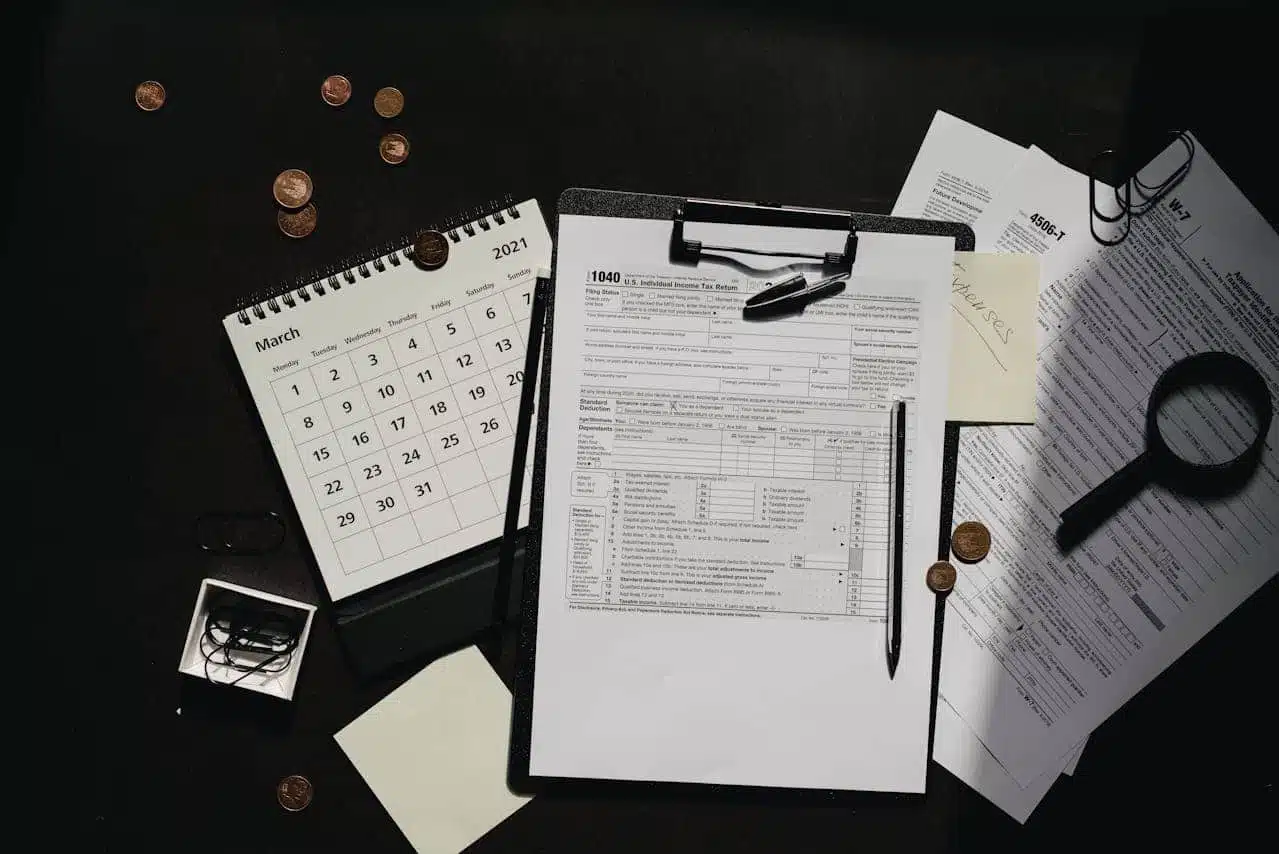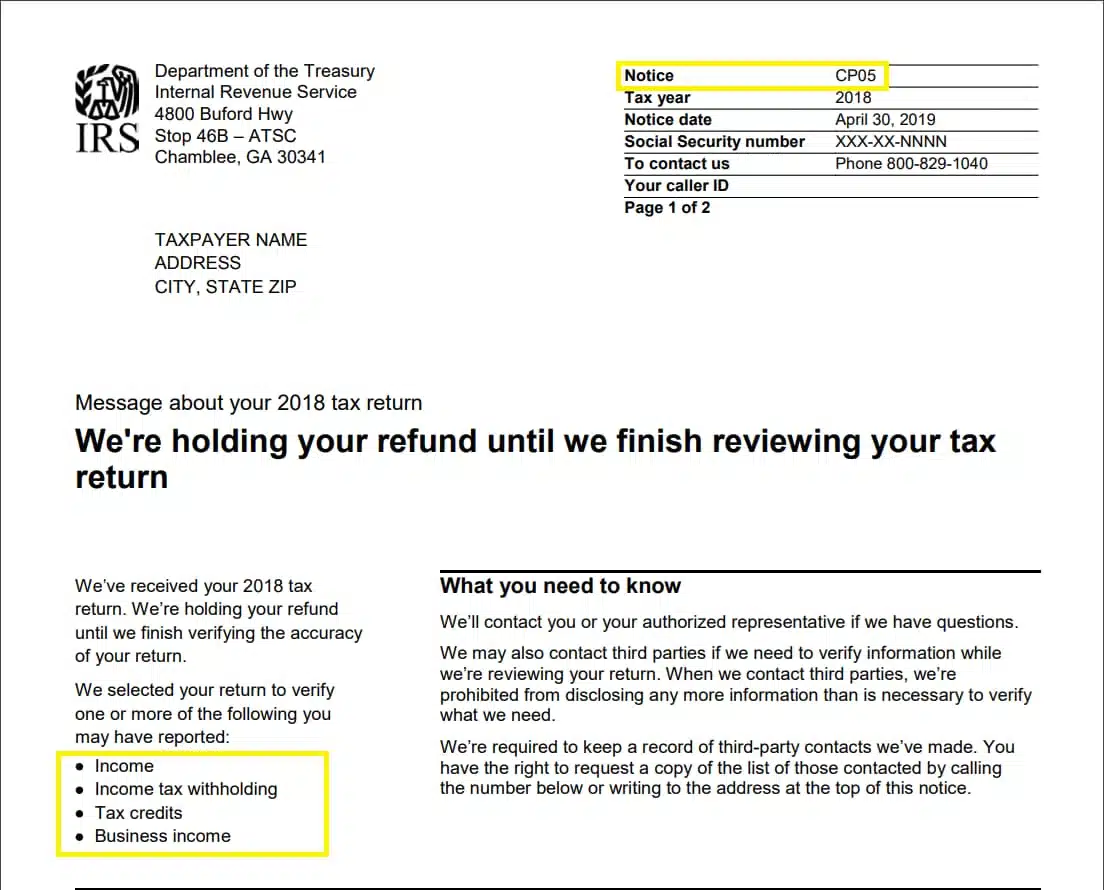国税局代码 766 的秘密:税务成绩单必读
你曾盯着国税局的纳税记录单,眯着眼睛看一些隐晦的数字,比如 美国国税局代码 766想知道为什么您的退款会陷入困境。你并不孤单。报税单上有许多代码,即使是经验丰富的报税者也很难解码,但这个小小的 "766 "却是了解国税局的关键所在。 的确 用你的钱做什么
国税局代码 766 不仅仅是官僚术语。它是美国国税局标记您账户中的抵免额或退款的方式,从儿童税收抵免到超额支付调整。然而,在您的成绩单上看到它并不总是意味着现金正向您走来。隐藏的抵消、延迟或错误会让看似胜利的结果变成令人沮丧的难题。
本指南让您不再猜测。您将学会如何识别美国国税局代码 766,解读其在现实世界中的影响,并在感觉不对劲时采取行动。准备好不再玩税务侦探游戏了吗?让我们来破解密码。
什么是国税局代码 766?基础知识解析
国税局代码 766 是您的税务成绩单的一种信号,表示您的账户已收到抵免或退款。将其视为国税局为欠您的钱亮起的绿灯--无论是多付的税款、对收入所得税抵免等抵免额的调整,还是修改后的报税表。但与它的兄弟代码国税局代码 768(标记未付税款等债务)不同,代码 766 是您的 想 去看看。
下面是一个快速分解:
| 国税局代码 | 目的 | 对退款的影响 |
|---|---|---|
| 766 | 已申请贷记/退款 | 增加退款金额 |
| 768 | 负债(如补缴税款) | 减少或延迟退款 |
代码 766 通常与日期和美元数额一起出现,显示国税局何时将多少金额记入您的贷方。例如,如果您申请了儿童税收抵免,该代码会确认调整。但先别急着庆祝--这里列出的抵免额仍有可能被债务或错误抵消。
要验证成绩单的详细信息,请查看 国税局正式成绩单代码 或咨询税务专家。国税局代码 766 只是一个起点,而不是终点。
国税局代码 766 如何出现在您的纳税成绩单上
您的国税局纳税记录单不仅仅是一串数字,它还是您纳税历史的时间表。国税局代码 766 通常出现在 账户记录 部分,记录贷记、付款和调整。每条记录包括日期、代码(如 766)和记入您账户的金额。要获取您的成绩单,请访问国税局的官方门户网站 税单.
查找国税局代码 766 以及以下术语 学分转移 或 已发放退款.例如,如果您修改了退税单或申请了遗漏的抵扣,该代码就会显示调整情况。但它很少是唯一的代码:附近的代码如 768(用于抵消)或 570(账户保留)可以解释为什么退款可能会延迟。

建议:将代码 766 旁边的日期与您的记录进行比对。如果国税局在几周前处理了一笔信贷,但您的退款还没有到账,请检查是否有抵消或直接联系他们。了解代码 766 的来龙去脉,就能化繁为简。
出现国税局代码 766 的常见情况
国税局代码 766 并不是随机的--它是一条面包屑线索,可以解释你的钱去了哪里。您在三种情况下最容易发现它:
- 退款审批:申报后,国税局应用代码 766 确认您的退税金额。如果您多缴了税,该代码会在退税发放前显示抵免额。
- 税收抵免调整:申请学分,如 收入所得税抵免 或儿童税收抵免?代码 766 反映了这些调整。
经修订的报表:修正过去申报表上的错误?一旦国税局处理了您的更正,代码就会出现。
例如,如果父母更新收入以申请遗漏的育儿抵免,则会看到国税局代码 766,并显示更新后的金额。但要注意红旗:如果代码 766 显示有 $2,000 的抵免额,但您的退款较少,请检查是否有抵消(如学生贷款)或处理延迟。
这些情况揭示了代码作为财务收据的作用--证明国税局承认您的信用。但要破解接下来发生的事情,还需要深入挖掘。
国税局代码 766 背后的秘密:您的成绩单没有告诉您的信息
美国国税局代码 766 看起来可能是一个简单的胜利,但它往往是一个悬念。成绩单上的信用额度?它并不保证您能拿到现金。国税局可以通过以下方式将与国税局代码 766 相关的退款转用于支付过去拖欠的子女抚养费、联邦学生贷款或州税 国库抵消计划.试想一下,当您看到 $3,000 的信贷时,却发现其中一半被挪用去偿还旧债了。
处理延迟又增添了一层神秘色彩。即使国税局代码 766 显示了退税日期,系统故障、欺诈检查或积压的退税申请也会拖延付款。使用 国税局 "我的退款在哪里? 来跟踪进度,但如果更新滞后也不必惊慌。例如,修改后的申报表需要长达 20 周的时间才能处理完毕,而代码 766 早已出现。
关键在于:代码没有说明 为什么 a credit exists. Was it a corrected error? A stimulus check adjustment? Without cross-checking IRS notices or your original return, you’re left guessing.

The takeaway? IRS Code 766 is a milestone, not a destination. To avoid surprises, pair it with transcripts from prior years and correspondence letters. Knowledge isn’t just power – it’s the key to unlocking what your transcript hides.
Mistakes to avoid when interpreting IRS code 766
Seeing IRS Code 766 on your tax transcript can feel like a victory lap – until hidden pitfalls trip you up. One common mistake? Assuming every credit labeled with IRS Code 766 translates to a direct deposit. Credits here can be reduced by offsets for debts, back taxes, or child support, leaving your refund smaller than expected.
Another misstep: misreading dates. The code shows when the IRS applied the credit, not when they’ll send payment. If Code 766 lists a January date but your refund is MIA in March, check for holds (like IRS Code 570) or use the IRS refund tracker to investigate.
Finally, don’t ignore discrepancies. If the amount next to IRS Code 766 doesn’t match your calculations, it could signal errors in your return or missing documentation. Address mismatches quickly – delays worsen over time.
Pro tips for resolving IRS code 766 issues
If IRS Code 766 isn’t adding up, don’t panic – take action. First, document everything. Save copies of your transcript, tax returns, and IRS notices. If the credit amount or date seems off, compare it to your records. For example, a mismatch might mean the IRS adjusted your Child Tax Credit claim without your knowledge.
Next, contact the IRS directly. Use their taxpayer assistance line to ask about delays or discrepancies tied to IRS Code 766. If offsets are the issue, reach out to the agency holding your debt (like a state tax office or student loan provider) to resolve it.
For stubborn errors, file Form 843 to formally dispute the credit amount. Include proof like pay stubs or prior returns. Deadlines matter – you typically have three years from the filing date to correct issues.
Still stuck? Partner with a tax pro. They’ll decode your transcript, negotiate with the IRS, and ensure IRS Code 766 works 对于 you, not against you.
Conclusion: Take control of your tax transcript
Decoding IRS Code 766 turns tax confusion into clarity – you now know it’s more than a number. It’s a roadmap to credits, refunds, and potential pitfalls. But even with this knowledge, IRS transcripts can feel like riddles wrapped in bureaucracy. Missed deadlines, hidden offsets, or cryptic notices can derail your refund.
That’s where expertise matters. If your transcript’s codes still feel like a foreign language, let H&S Accounting & Tax Services translate. 立即联系我们 for personalized help resolving delays, disputing errors, or maximizing your refund. Don’t let IRS codes keep your money out of reach.







